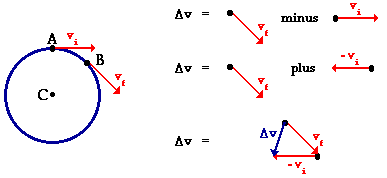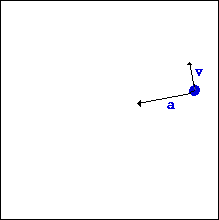Scenario: A body is moving in a circular motion with constant speed. A practical example can be -- a car moving in circular motion with constant speed. The surface of motion is horizontal.
Problem: In which direction does the friction force apply? Assume there is only pure rolling at the contact surface.
Solution: Have a look at the following diagram that demonstrates the change in velocity (Borrowed from Physics Classroom).

The magnitues of vi and vf are same and as the points A and B get closer, the direction of dv becomes radial.
Conclusion 1: The net acceleration of the body in this scenario is radial and directed towards the center. Or in other words, the net force on the body is towards the center.
Now, look at the following diagram.

I have not mentioned about gravitational forces and reaction from ground thereof since that is not of any importance here.
Fndenotes the net force (radial).Fmdenotes the force by the motor (or engine) of the car.Ffdenotes the frictional force.
Here's the simple relation between the three forces:
Fn = Fm + Ff
The magnitude of Ff depends on the magnitude of the speed and the force by the engine.
Conclusion 2: The frictional force is oblique to the direction of motion and directed inwards towards the center (not radially).
